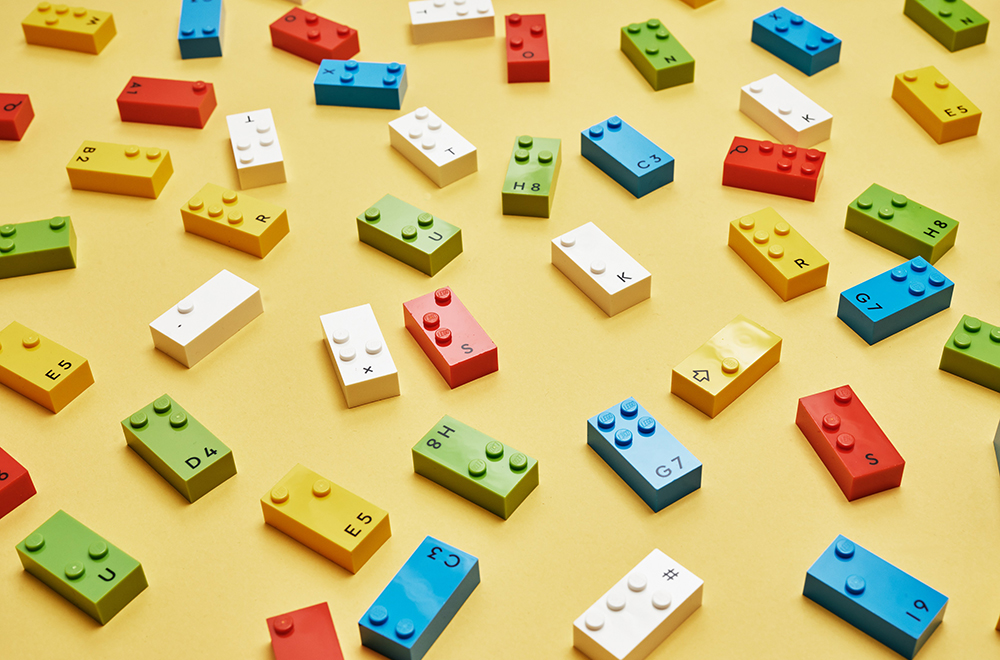Vision Australia has launched LEGO Braille Bricks in a partnership with the LEGO Foundation. The bricks are designed to help build braille skills in children who are blind or have low vision and offer inclusive learning with their sighted peers.
“Most little kids start out playing with blocks with letters on them, but a child who is blind or has low vision can’t see these so the bricks allow them access to early literacy learning,” University of Southern Queensland lecturer and LEGO Braille education ambassador, Melissa Fanshawe said.
The raised bumps on each brick have been modified to correspond to a letter or character of the braille alphabet. Each brick also has a printed letter or character to allow children who are blind or have low vision to learn and play alongside sighted classmates, family members and educators.
“This new toy normalises braille and allows sighted kids and those who are blind or have low vision to play together and it allows kids with vision impairment to learn while they play that is something that sighted kids take for granted,” she said.
Vision Australia CEO, Ron Hooton said inclusive education is something Vision Australia advocates and the LEGO Foundation has provided the organisation with a great example of how that can be achieved.
“Braille is vital in supporting children who are blind or have low vision to develop literacy skills and LEGO Braille Bricks is a great way to expose children to braille at an early age. Not only will these be a revolutionary educational tool for them, it’s also a great way for families and other children to learn more about braille and its importance,” he said.
Fanshawe has worked with children who are blind or have low vision for the past 20 years and is trained as a teacher of the vision impaired. Her 14-year old son Ollie was born with low vision and while he knows how important braille can be, like any child learning to read and write it can become boring and challenging.
She said children who are sighted start to develop pre-literacy skills by looking at letters and words all around them from signs and menus, to the aforementioned learning blocks. For children who are blind or have low vision, they are denied that opportunity.
“If you don’t have sight and you are just listening to words via technology you can’t hear how things are spelled. It is important to be able to spell things properly because sighted people expect things in a well written, well punctuated format so these are key things, particularly homophones things that sound the same but are spelled differently.” High rates of braille literacy also tend to translate in better work outcomes for people who are blind or have low vision.
Vision Australia is the exclusive Australian distributor for braille bricks in Australia, which are provided to schools or education institutions with a student, or students, who are blind, have low vision and are learning braille. However, the bricks are not available for sale to the general public.
Schools, other institutions and educators will need to register with Vision Australia and undergo a one-hour webinar workshop training session developed under guidance from the LEGO Foundation. After completing this they will be provided access to kits.
More information about accessing LEGO Braille Bricks and training can be found on the Vision Australia website.

